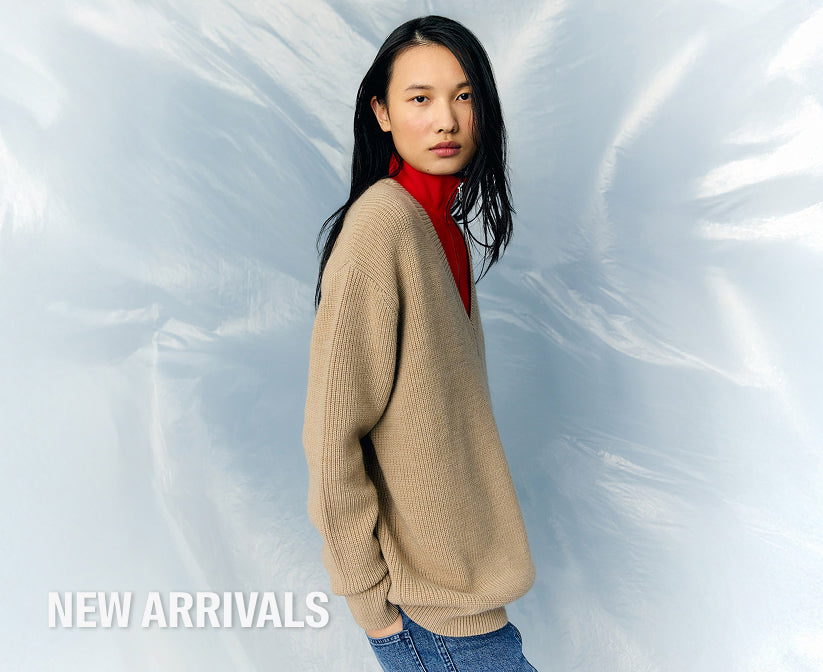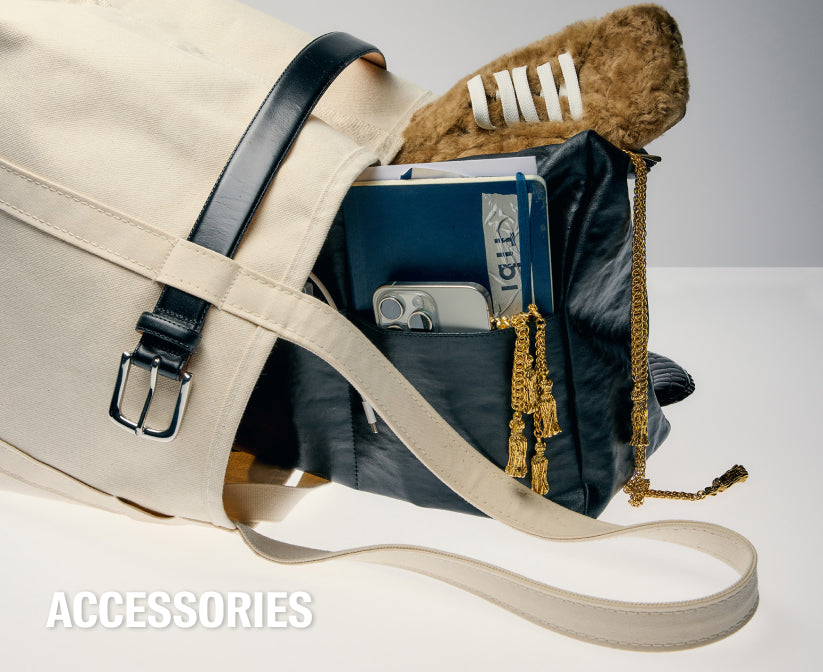I was asked recently what my favorite “Tibi Vocab” word is. It’s BIGS and PIGS, and there’s a reason. A good one. Let me back up first and give you the definition:
BIGS:
Brights should always be in a fabrication that is either Icky, Glossy, or Sculptural
PIGS:
Prints should always be in a fabrication that is either Icky, Glossy, or Sculptural
When I finally articulated this approach to color and print, it was a game changer for me. I knew that I was drawn to prints and that I found bold color interesting, but every time I included them in my collections, they felt basic - very average and not modern. I would then overcompensate by styling the pieces with lots of irony or edge, this always felt forced. It wasn’t until one of Demna’s first collections for Balenciaga that I thought: wait! There’s color. There’s print. But nothing here feels familiar or basic, and it wasn’t just because of over-the-top styling. So, what gives? Was it just because it was “Balenciaaaaaga”? I eliminated that notion from my mind quickly because Alessandro at “Guuuucccci” was doing color and prints as well, and the pieces worked in the context of the styling. But individually, without the hair, the nerd glasses, and the background, when I tried on the items they felt….meh. Turns out that the bright red cotton cardigan needed to be paired with a printed headwrap, a snake printed loafer, and striped socks to feel modern. Hmmmm, so my issue with prints and color wasn’t actually resolved when it was in a luxury price point from designers I admire. There was more to peel back.
I began to study the pieces that we created in the past, print or color purchases in my closet, and applied a more critical lens to what I loved about Demna’s work. Then it crystallized for me: for any piece that we had designed, or I had purchased for myself that did not deliver, I realized that if the proportion was basic and average and it was made in a very classic fabrication (e.g. rich silk or fine cotton), the color and/or print failed. Conversely, with the pieces that I bought and loved, or designed and embraced, they pushed the good strange. Items that, on the surface, seemed like ones you’d rarely wear surprisingly found their way into my rotation and were never tossed in the occasional closet purge.
Once I unpacked this, we designed with more purpose and Traci and I could create with these key principles in mind. Not rules, but concepts that help establish our approach to color and print in our collections. We are creating pieces we will wear and designs that won’t require strange styling props to make them work on the runway, and ultimately fail IRL.
This is why you can see that the same person wearing this:




